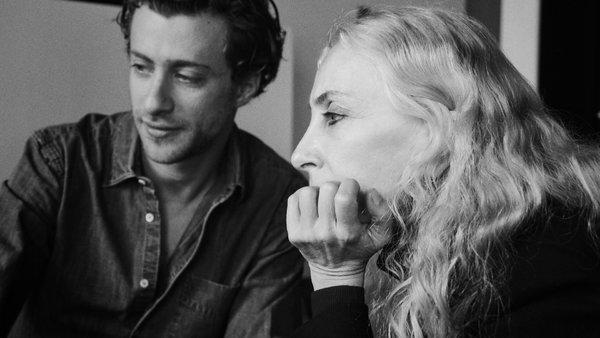“No sooner said than done,” is a poor rendering into English of the excellent Italian phrase “Detto fatto,” with its declarative immediacy and percussive consonants. Yet it’s as good a window as one is likely to get into the workings of Franca Sozzani’s mind.
During her decades-long career as the editor of Vogue Italia, Ms. Sozzani remained in many ways an elusive figure. Demure and ladylike in appearance, she was a steely iconoclast in print and in life. “Detto fatto” was a favorite phrase of hers, and one that conveys something of the pragmatism and decisiveness that were defining traits, her intimates say.
“We became instant friends,” said Federico Marchetti, the Italian founder of the online retailer Yoox Net a Porter and a longtime friend of Ms. Sozzani’s. “She was strong and quite direct and, at the same time, had a lot of irony and a sense of humor about life.”
The strength Mr. Marchetti referred to became especially clear during the yearlong illness that claimed Ms. Sozzani’s life in 2016, a period during which she concealed her condition from all but a few.
“She had a strength I have never seen in my whole life,” Mr. Marchetti said, noting that just weeks before her death, Ms. Sozzani traveled to London to receive an award from the British Fashion Council for her humanitarian work on the causes of hunger, cancer and AIDS.
That award recognized “individuals who promote the welfare of others by the generous donation of their resources in order to achieve change and positive impact” — something that, in a sense, Ms. Sozzani continues to do posthumously.
Starting Feb. 11, the one million shoppers that visit Yoox daily will be given an opportunity to bid on nearly 600 pieces of clothing from Ms. Sozzani’s personal collection. Proceeds from the sale will go to the creation of a Franca Sozzani Fund for Preventive Genomics at Brigham and Women’s Hospital at Harvard.
The idea of selling Ms. Sozzani’s Valentino, Balenciaga and Giambattista Valli dresses was the brainchild of her son, the filmmaker Francesco Carrozzini, whose 2016 documentary about his mother, “Franca: Chaos and Creation,” eventually yielded a book of that title, which will be released this week. While he was closing his mother’s Milan apartment, he began to think about a sale.
“We gifted some of her things and donated others,” Mr. Carrozzini said. “But I had the idea of this fund. I thought, ‘I am not just going to go out and ask for money.’ So I called Federico and, based on his relationship with my mother, asked, ‘What do you think about this idea?’”
Mr. Marchetti agreed without hesitation. “I told him, ‘We’re at your disposal,’” he said. “Detto fatto. Simple as that.”
The task of choosing which clothes to sell from the collection of an editor known for a confident but restrained style fell mainly to Mr. Carrozzini, with the help of his aunt, the influential fashion retailer Carla Sozzani, and her daughter, his cousin Sara.

Ms. Sozzani with her son, Francesco Carrozzini, a filmmaker.CreditFranca The Movie LLC
“The beautiful stuff, although it paints a portrait of her stylistic choices, is less emotional for me,” Mr. Carrozzini said, adding that the process of making the movie and then a book about his mother eased any attachment he may have had to material things, though he did retain a favorite handkerchief of hers and a cashmere sweater. “My mom lives on vividly in my memory and in everything I do.”
Considering the pioneering work Ms. Sozzani did in promoting the careers of designers and photographers, it is surprising to learn that, toward the end, she expressed a desire to be remembered for more than her work in that field.
“My mom was always about bigger things,” Mr. Carrozzini said. “She felt the failure of not having had a meaningful relationship, and thought that everything in fashion was superfun but very transitory.”
In one scene from her son’s bittersweet cinematic portrait, Ms. Sozzani, alternately wry and impious, mirthful or scoldingly dismissive, suddenly turns somber. Though her illness had yet to be diagnosed, there is a prophetic quality to her insistence on wanting to leave behind her something more enduring than a selection of glossy back pages.
“It is important,” she says, “to leave a trace.”







